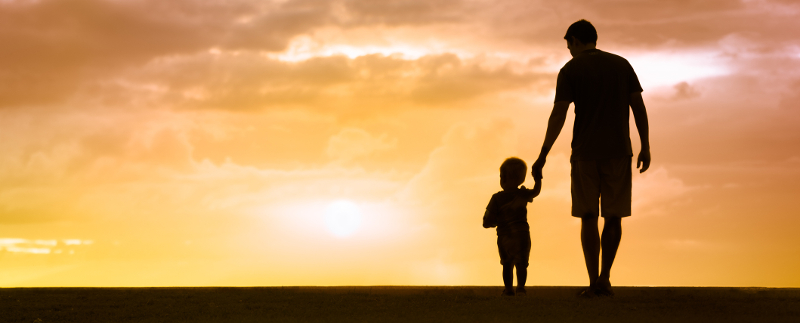News
Children can escape the effects of trauma when given early intervention
Date: 10/15/20

All children have some stress. There's healthy stress, which motivates and helps develop problem-solving skills. But, there's also toxic stress. This stress happens when a child lives in a violent or dysfunctional home.
The Centers for Disease Control and Prevention (CDC) co-sponsored a study on toxic stress. The study focused on 17,000 adults who experienced four or more ACEs – Adverse Childhood Experiences1. ACEs are traumatic experiences that happen before 18 years old.
The findings? As the number of ACEs increased on a person, so did negative health and well-being.
Why is toxic stress so bad?
A child's brain can't handle too much stress. Neither can the immune system, metabolic regulatory systems and cardiovascular system. Some examples2,3 of toxic stress in a child's life include:
- Physical abuse: pushing, shaking, spanking, striking or burning. Any physical harm that is not an accident.
- Neglect: not offering enough food, shelter, clothing, medical care, education.
- Emotional abuse: rejection, yelling, bullying, withholding love and support, hurting a child's self-esteem, witnessing ongoing community violence.
- Sexual abuse: exposing a child to inappropriate content, behavior or contact.
- Parental issues: mental illness, drinking and drugs, divorce, incarceration, domestic violence and suicide4.
What can we do for children with multiple ACEs?
The good news is brains are malleable. We can interrupt the effects of ACEs by helping a child build core skills. These are things like planning, focus and self-control5, which can:
- Strengthen a child's resilience as they grow.
- Lessen the chance of ongoing problems: disease, disabilities, repeating abuse and social problems.
An article from Harvard University6 says doing these things can also help:
- Provide a nurturing, safe and stable environment.
- Teach a child coping skills.
- Encourage a child to talk about feelings. Find the right mental health support.
- Talk about healthy habits: eating, sleeping, routines, exercise and mindfulness.
- Connect a child to caring adults: coaches, after-school programs, community volunteers.
A child can have multiple ACEs. However, there is still hope for a bright future. Learn more from the resources below.
- Preventing Adverse Childhood Experiences (ACEs) – Leveraging the Best Available Evidence (PDF)
- Help Youth at Risk for ACEs
- Joining Forces for Children: What are ACEs?
- Adverse Childhood Experiences Resources
References
1 Relationship of childhood abuse and household dysfunction to many of the leading causes of death in adults. American Journal of Preventive Medicine. May 01, 1998.
2 ACEs and Toxic Stress: Frequently Asked Questions. Harvard University. Publication date unavailable.
3 CDC-Kaiser ACE study. Centers for Disease Control and Prevention. Publication date unavailable. Updated April 13, 2020.
4 Adverse Childhood Experiences (ACEs). The Children's Bureau. Publication date not available.
5 What are ACEs? Joining Forces for Children. Publication date not available.
6 Preventing Adverse Childhood Experiences (ACEs): Leveraging the Best Available Evidence (PDF). Centers for Disease Control and Prevention. 2019.
